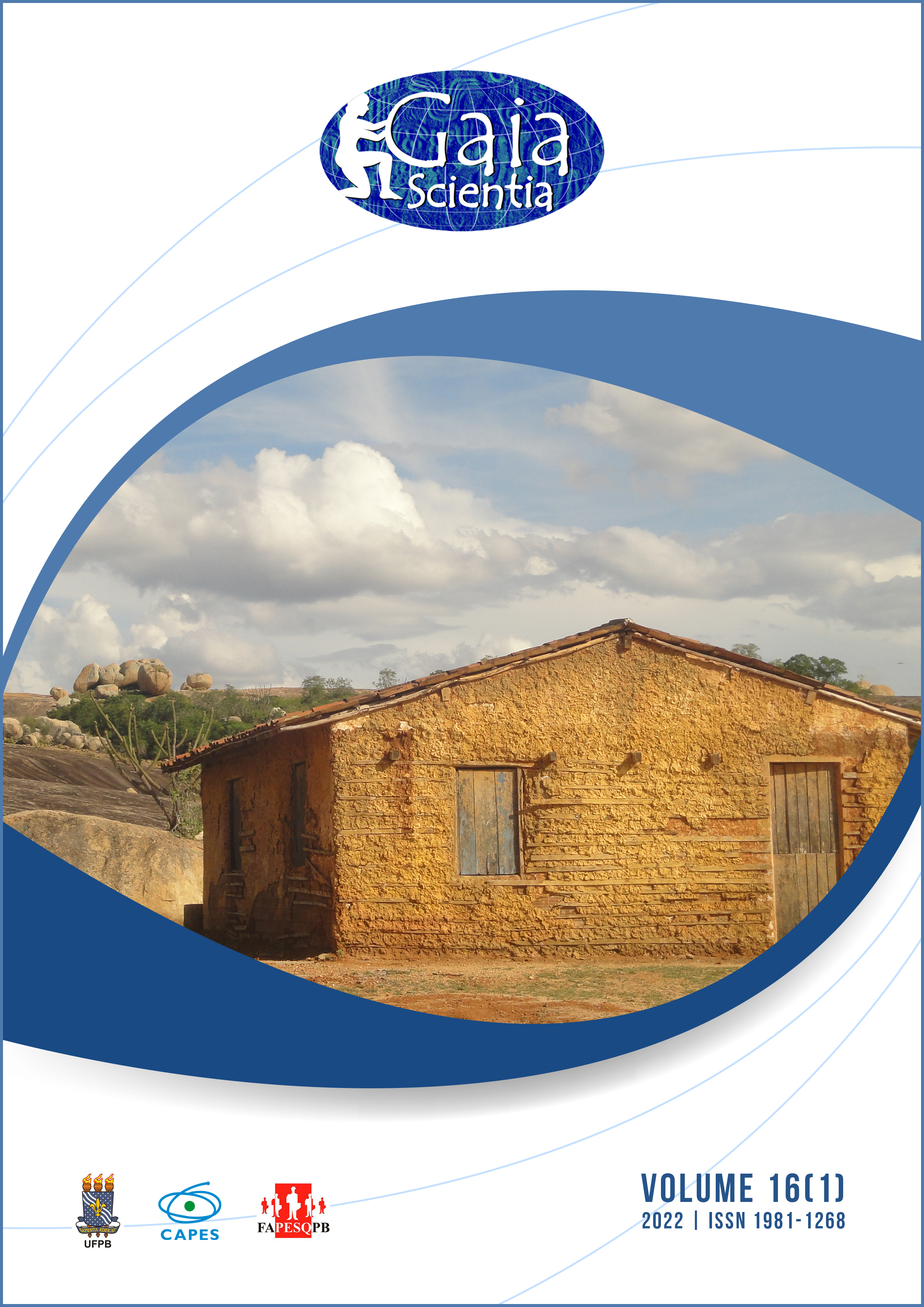Use of aquatic macroinvertebrates in bioindication of transformed environments in the Pantanal, Brazilian Center West
DOI:
https://doi.org/10.22478/ufpb.1981-1268.2022v16n1.60827Abstract
This research aimed to investigate the biodiversity of benthic macroinvertebrates in environments with different degrees of anthropization, as well as to qualify their efficiency and suitability with biotic evaluation indexes in tropical humid areas. The collection was carried out during the dry season in eight sampling units in the Northern Pantanal region, distributed in rivers, urban streams, ponds of water, rural stream and three environments in a Conservation Unit. For the collection of limnological variables, a multiparametric probe was used, in addition to the collection of 200ml of water for nutrient analysis. The “RAP” rapid assessment protocol was applied. A significant positive relationship was found between the variables dissolved oxygen (R² = 0.17), temperature (R² = 0.13) and RAP (R² = 0.13) with the density of individuals per m². The EPT and IBF indices were the best in bioindication. The PCA showed relations between environments such as the Conservation Unit with the EPT index, while relations with urban streams were made with the IBF index. The RAP contributed to the characterization of environments according to their level of preservation. Our results demonstrate that biomonitoring indices must be associated with environmental variables and, should be considered important tools for environmental characterization.










